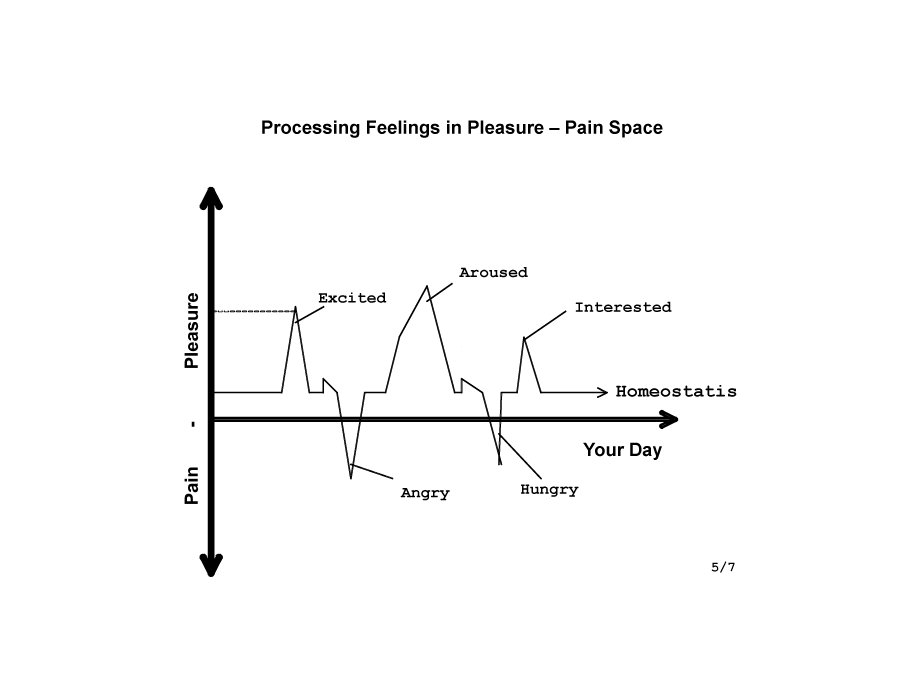

Processing Feelings in Device Applications
The user-customer payoff is enormous because once emotive objects are recognized and encapsulated by an electronic interface, the system has much more of the user’s real information, e.g. what a friend is meaning, how well a search is going, a consumer’s desires, wants, preferences, when they will make a decision, how/why a decision is reached. This enables interfaces that can grasp and encapsulate emotive properties, provide computer programmers the objects and operators to make non-linear interactive programs, and computer applications that are adaptive and customized to individual’s feelings as well as groups. Irrational man models provide tools that are non-linear, allowing the programming to make leaps and judgments not currently possible with terabyte database demographics, probabilities and statistics or lengthy point & click streams. Adaptive algorithms able to change search strategies based on emotive content parameters can be constructed. Additional application features have the potential to:
- Enrich the interface input stream without over-burdening users.
- Dynamically customize adaptively to users input to search the universe of content with request urgency and timeliness of response parameters.
- Present the user with reasonable individual choices based on needs without prompting, as well as establish better defaults, automatic preferences, and options.
- Control the user’s environment to affect the comfort or resolution of the users needs without a lengthy dialog with an emotively “dumb” interface.
- Offer sponsors, vendors or providers of Internet content better customer needs, wants, intent, motivation identification methods and distribution systems to satisfy those specific needs, wants, and desires.
- Ease the programming burden by working with robust emotive data objects instead of complex tenuous algorithms from unrealistic ideal models.
- Enable programmers to encapsulate emotive objects, data structures and change transmission formats allowing processing through a standard emotive content interface. The software engineering of an emotive content layer without resorting to by-guess inputs and by-gosh output options reduces the need for complex queries in prioritizing search results or eCommerce opportunities.

